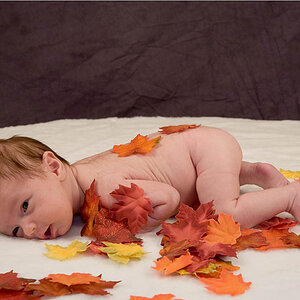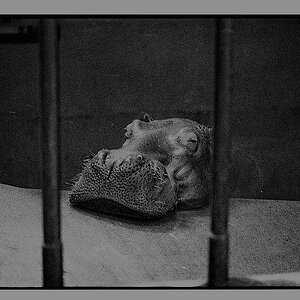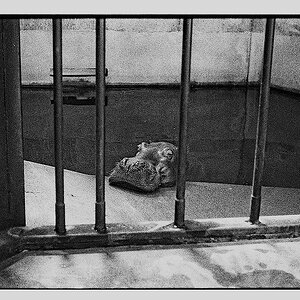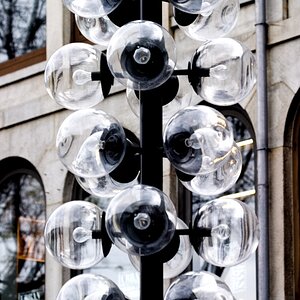matthew_nolan
TPF Noob!
- Joined
- Jun 15, 2010
- Messages
- 3
- Reaction score
- 0
- Location
- Sweden
- Can others edit my Photos
- Photos NOT OK to edit
Hi, Matthew here.
I have recently begun experimenting with my in camera (nikon d90) DOUBLE EXPOSURE and have a poor success rate!! I have read about it all over etc etc and come to the fact that 2 shots = underexpose by 1 stop for each shot (or 2 in total if you want onw to be more dominant) and 1.5 for each shot if there are 3 shots and 2 to the 2nd power after that etc etc and...a black background is good for placing the 2nd shot on... and i´ve read about exposing different parts of the frame and i have even played around with auto bracketing (BKT). Do you have any tips, rules of thumb or must nots i can incorporate to my attempts??
thanks for `listening`
Hi, Matthew here.
I have recently begun experimenting with my in camera (nikon d90) DOUBLE EXPOSURE and have a poor success rate!! I have read about it all over etc etc and come to the fact that 2 shots = underexpose by 1 stop for each shot (or 2 in total if you want onw to be more dominant) and 1.5 for each shot if there are 3 shots and 2 to the 2nd power after that etc etc and...a black background is good for placing the 2nd shot on... and i´ve read about exposing different parts of the frame and i have even played around with auto bracketing (BKT). Do you have any tips, rules of thumb or must nots i can incorporate to my attempts??
thanks for `listening`
Hi, Matthew here.
I have recently begun experimenting with my in camera (nikon d90) DOUBLE EXPOSURE and have a poor success rate!! I have read about it all over etc etc and come to the fact that 2 shots = underexpose by 1 stop for each shot (or 2 in total if you want onw to be more dominant) and 1.5 for each shot if there are 3 shots and 2 to the 2nd power after that etc etc and...a black background is good for placing the 2nd shot on... and i´ve read about exposing different parts of the frame and i have even played around with auto bracketing (BKT). Do you have any tips, rules of thumb or must nots i can incorporate to my attempts??
thanks for `listening`
i was wandering if there were any other tips to get the right exposure other than the techniques i have tried (and listed) ie bracketing, exposure compensation, exposing different parts of the frame, black or very dark backgroung.......although i follow the rules of 2 pics 1 stop underexpose and the rule of 2 to the 2nd after that i can´t seem to get rid of ghosts. say i want to do 2 portraits of th same person next to eachother, with a slight overlap, how could i come about that without the overlap being too dark and the portraits (sides) too light??? hope it´s clearer!!!
Hi, Matthew here.
I have recently begun experimenting with my in camera (nikon d90) DOUBLE EXPOSURE and have a poor success rate!! I have read about it all over etc etc and come to the fact that 2 shots = underexpose by 1 stop for each shot (or 2 in total if you want onw to be more dominant) and 1.5 for each shot if there are 3 shots and 2 to the 2nd power after that etc etc and...a black background is good for placing the 2nd shot on... and i´ve read about exposing different parts of the frame and i have even played around with auto bracketing (BKT). Do you have any tips, rules of thumb or must nots i can incorporate to my attempts??
thanks for `listening`
I have recently begun experimenting with my in camera (nikon d90) DOUBLE EXPOSURE and have a poor success rate!! I have read about it all over etc etc and come to the fact that 2 shots = underexpose by 1 stop for each shot (or 2 in total if you want onw to be more dominant) and 1.5 for each shot if there are 3 shots and 2 to the 2nd power after that etc etc and...a black background is good for placing the 2nd shot on... and i´ve read about exposing different parts of the frame and i have even played around with auto bracketing (BKT). Do you have any tips, rules of thumb or must nots i can incorporate to my attempts??
thanks for `listening`
Hi, Matthew here.
I have recently begun experimenting with my in camera (nikon d90) DOUBLE EXPOSURE and have a poor success rate!! I have read about it all over etc etc and come to the fact that 2 shots = underexpose by 1 stop for each shot (or 2 in total if you want onw to be more dominant) and 1.5 for each shot if there are 3 shots and 2 to the 2nd power after that etc etc and...a black background is good for placing the 2nd shot on... and i´ve read about exposing different parts of the frame and i have even played around with auto bracketing (BKT). Do you have any tips, rules of thumb or must nots i can incorporate to my attempts??
thanks for `listening`
Hi, Matthew here.
I have recently begun experimenting with my in camera (nikon d90) DOUBLE EXPOSURE and have a poor success rate!! I have read about it all over etc etc and come to the fact that 2 shots = underexpose by 1 stop for each shot (or 2 in total if you want onw to be more dominant) and 1.5 for each shot if there are 3 shots and 2 to the 2nd power after that etc etc and...a black background is good for placing the 2nd shot on... and i´ve read about exposing different parts of the frame and i have even played around with auto bracketing (BKT). Do you have any tips, rules of thumb or must nots i can incorporate to my attempts??
thanks for `listening`
i was wandering if there were any other tips to get the right exposure other than the techniques i have tried (and listed) ie bracketing, exposure compensation, exposing different parts of the frame, black or very dark backgroung.......although i follow the rules of 2 pics 1 stop underexpose and the rule of 2 to the 2nd after that i can´t seem to get rid of ghosts. say i want to do 2 portraits of th same person next to eachother, with a slight overlap, how could i come about that without the overlap being too dark and the portraits (sides) too light??? hope it´s clearer!!!
Hi, Matthew here.
I have recently begun experimenting with my in camera (nikon d90) DOUBLE EXPOSURE and have a poor success rate!! I have read about it all over etc etc and come to the fact that 2 shots = underexpose by 1 stop for each shot (or 2 in total if you want onw to be more dominant) and 1.5 for each shot if there are 3 shots and 2 to the 2nd power after that etc etc and...a black background is good for placing the 2nd shot on... and i´ve read about exposing different parts of the frame and i have even played around with auto bracketing (BKT). Do you have any tips, rules of thumb or must nots i can incorporate to my attempts??
thanks for `listening`
Last edited by a moderator:



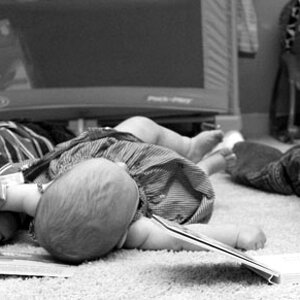
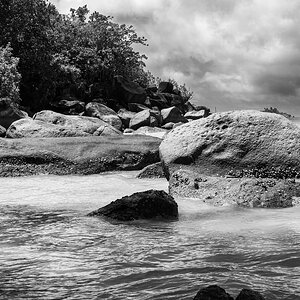
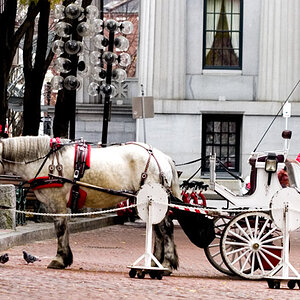
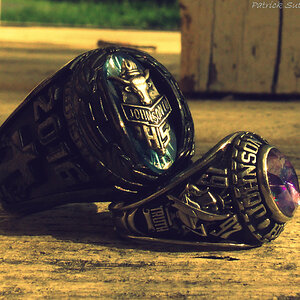
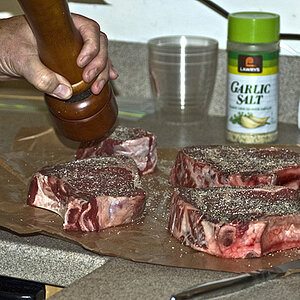
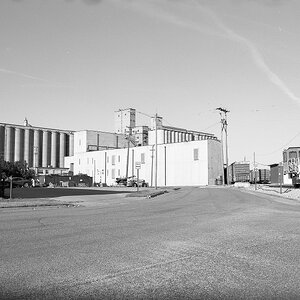
![[No title]](/data/xfmg/thumbnail/39/39189-22b7e8d8eadc9cc3d7b341bfb336079e.jpg?1619738906)
